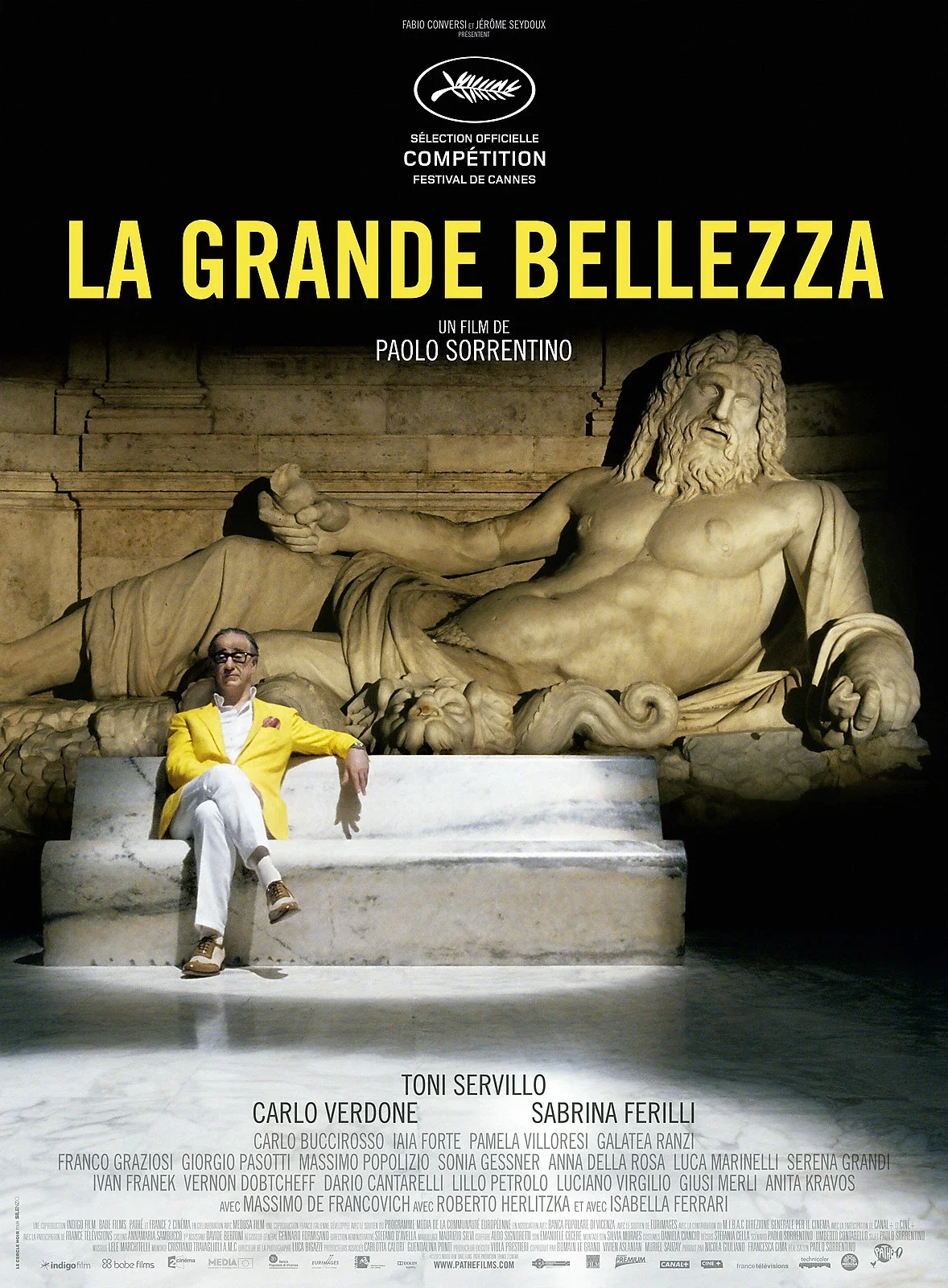Inside La Grande Bellezza
There is a moment in Sorrentino’s film when Jep Gambardella says:
“The most significant discovery I made after turning sixty-five is that I can’t waste any more time doing things I don’t want to do.”
It isn’t a line about Rome, and yet it describes the city better than many guidebooks ever could. Rome has never been a place to be “ticked off”. It is a city to inhabit. To walk through slowly, allowing its details to choose you, rather than the other way round.
That is why, whenever I welcome someone at Casa al Colosseo, I think the real experience is not in a checklist of monuments, but in the invisible space that Rome opens inside each of us.
La Grande Bellezza does not simply show piazzas and palaces: it tells of sudden wonder, of nostalgia mingling with joy, of the enchantment of a sunset you didn’t expect.
This is Rome: a theatre that has repeated itself for centuries, but never in quite the same way. It is a terrace from which the city unexpectedly unfolds, a secret garden hidden behind an old wooden door, the sudden hush of a church you step into by chance. These places may not always appear on maps, but they linger like a fragrance.
Living here, even just for a few days, means allowing yourself to be carried by this flow of beauty. Not the postcard beauty, but the one that finds you while you are having breakfast with a view of the Colosseum and the light shifts on the ancient stones. Or when, after dinner, you return home and realise that Rome is still accompanying you, like a film that keeps rolling even after the lights have gone out.
What I want to share with my guests is not a list of “things to see”, but the privilege of feeling part of a greater narrative. Rome is not only photographed, it is inhabited. And sometimes all it takes is a welcoming room, a glass of wine, and a window open onto the city to understand that the true great beauty is already there.
